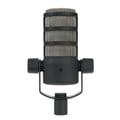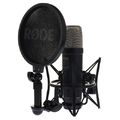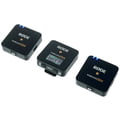The ukulele, with its compact size and charming sound, has captured the hearts of musicians around the world. Despite its small stature, the ukulele has the potential to produce big, beautiful music. Whether you're playing for an intimate gathering or performing on stage, amplifying your ukulele can take your playing experience to a whole new level. In this guide, we'll explore the essential steps and techniques for amplifying your ukulele and unleashing its full sonic potential.
1. Choose the Right Pickup
When it comes to amplifying your ukulele, choosing the right pickup is essential. There are several types of pickups available, each with its own unique characteristics and advantages. Piezo pickups, which are commonly installed under the saddle, offer a clear, natural sound and excellent feedback resistance. Soundboard transducer pickups capture the vibrations of the soundboard, resulting in a more resonant, acoustic-like tone. Magnetic pickups, similar to those used on electric guitars, provide a warm, vintage sound with excellent string-to-string balance. Consider your playing style and performance needs when selecting a pickup that's right for you.
2. Install the Pickup Properly
Once you've chosen a pickup, it's essential to install it properly to ensure optimal performance and sound quality. If you're not comfortable installing the pickup yourself, consider consulting with a professional luthier or instrument technician. Proper installation involves positioning the pickup in the optimal location, ensuring secure attachment, and making any necessary adjustments to achieve the desired tone and balance.
3. Invest in a Quality Preamp
A preamp is an essential component of any amplified ukulele setup, providing control over volume, tone, and other sonic characteristics. Invest in a quality preamp with features like EQ controls, built-in tuners, and onboard effects to tailor your sound to your preferences. Look for preamps specifically designed for ukuleles, as they often include features and settings optimized for the instrument's unique tonal characteristics.
4. Experiment with Effects
Adding effects to your amplified ukulele sound can enhance your playing experience and add depth and dimension to your music. Experiment with effects pedals such as reverb, delay, chorus, and compression to create unique textures and atmospheres. Use effects sparingly and tastefully to complement your playing and enhance the overall musical experience.
5. Use a Quality Amplifier
A quality amplifier is essential for reproducing the natural tone and nuances of your ukulele in a live or recorded setting. Look for an amplifier that's specifically designed for acoustic instruments and offers features like high-fidelity sound reproduction, multiple input channels, and adjustable EQ settings. Consider factors such as portability, power output, and overall sound quality when choosing an amplifier that suits your performance needs.
6. Experiment with Mic Placement
If you prefer a more natural, acoustic sound when amplifying your ukulele, consider using a microphone in addition to or instead of a pickup. Experiment with different mic placements to find the sweet spot that captures the full richness and resonance of your ukulele's sound. Position the microphone close to the soundhole for a warm, full-bodied tone, or experiment with distant miking techniques for a more ambient, room-like sound.
Conclusion
Amplifying your ukulele opens up a world of possibilities, allowing you to share your music with confidence and clarity in any performance setting. By choosing the right pickup, installing it properly, investing in a quality preamp and amplifier, and experimenting with effects and mic placement, you can amplify your ukulele experience and unleash its full sonic potential. So, grab your ukulele, plug in, and let your music be heard!
By following these essential steps and techniques, you'll be well on your way to amplifying your ukulele experience and unlocking its full sonic potential. Happy strumming!

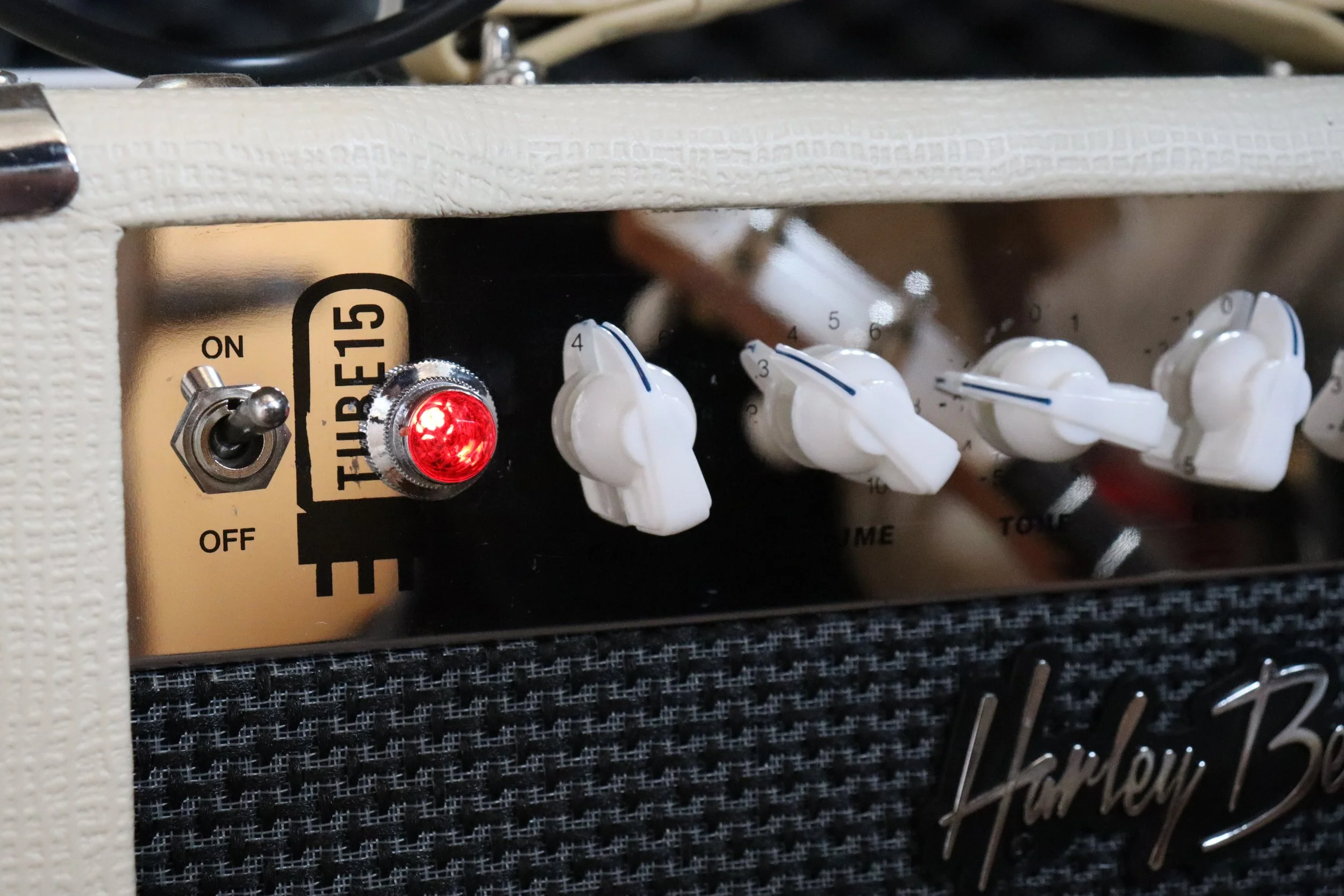
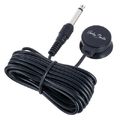
 Harley Benton Octopus Pickup
Harley Benton Octopus Pickup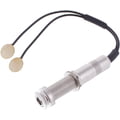
 K&K Aloha Twin
K&K Aloha Twin
 Friedman IR-D Preamp
Friedman IR-D Preamp
 Eventide Mixing Link Mic Preamp
Eventide Mixing Link Mic Preamp
 Proco Rat 2 Distortion
Proco Rat 2 Distortion
 Nux B-8 Wireless-System Git/Bass
Nux B-8 Wireless-System Git/Bass
 the t.amp E-800
the t.amp E-800

 Roland KC-80
Roland KC-80
 Marshall JVM410H
Marshall JVM410H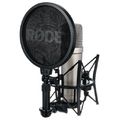
 Rode NT1-A Complete Vocal Recording
Rode NT1-A Complete Vocal Recording